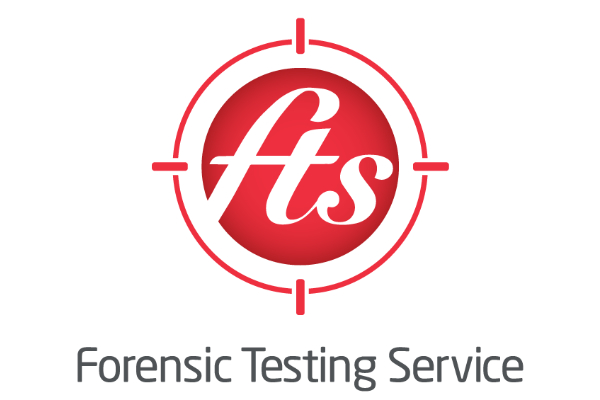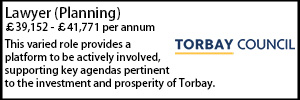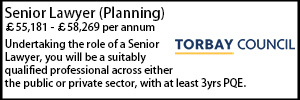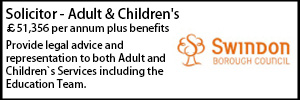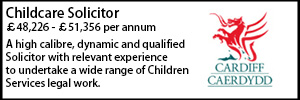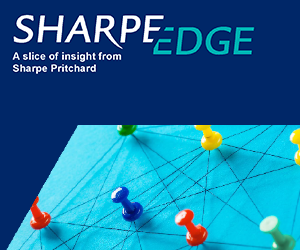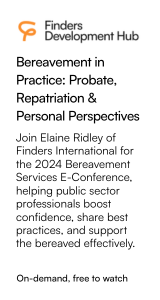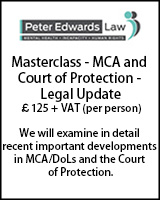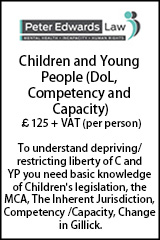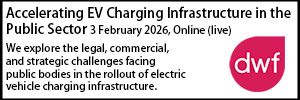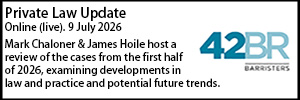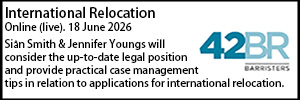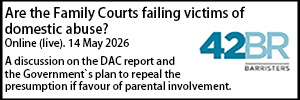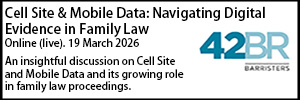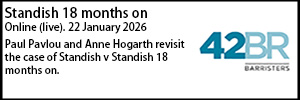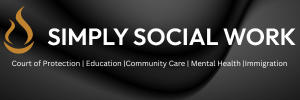Paediatric reports in care proceedings
- Details
A judge recently handed down a judgment that was scathing of expert paediatric evidence relied upon by the applicant local authority in a care proceedings matter. James Hoile explains why.
In LB Croydon v D (Critical Scrutiny of the Paediatric Overview) [2024] EWFC 438, upon testing in cross-examination, the expert medical evidence was found by HHJ Kathryn Major to be “flawed and wholly unreliable”. The shortcomings were such that counsel for the children labelled the evidence “terrifying” and a safeguarding “disaster.” This judgment raises understandable concerns about how such expert evidence could inadvertently lead to children being removed from safe environments, and demonstrated the importance of the testing of medical evidence by an advocate with a thorough grasp of all the material. Unsurprisingly, the findings of non-accidental injury sought by the LA were not proven, and the three children in question were reunited with their family.
Background facts
The case concerned three children, A, aged 2 years and five months. And twins H and Y, aged 20 months. On 18/03/2023, following breathing difficulties, the mother attended hospital by ambulance with H, whereupon concerns were raised in relation to some of her injuries being non-accidental. Upon examination, H was found to have extensive injuries including 11 rib fractures, a buckle fracture to the right shoulder blade and a fracture to a shin bone. There were also a number of marks to her body. Y also presented with marks to her body and was found to have a fractured right collar bone. A was examined but did not present with any injuries.
Explanations
The parents provided the following explanations for the injuries. With H, who had had significant breathing difficulties since birth, M’s case was that she had fainted and fallen on top of H. Later that day H’s breathing became difficult and irregular, whereupon M and F began chest compressions, blew into H’s mouth, and shook her in line with what they thought the hospital had advised. With Y, M recalled that A had pulled over Y’s bassinet, in which she was sleeping, and M stopped Y from falling by grabbing her arm.
The Law
Within its judgment, the court took the opportunity to restate the core principles and caselaw on both the burden of proof and evidence in care proceedings.
Burden of proof
Fundamentally, it is for the person (or body) asserting a fact to prove it to the relevant standard, and in care proceedings a LA must prove their case for each individual child alleged to have been injured. LAs have an obligation to identify the facts that are to be proved, the evidence relied upon to prove those facts, as well as the witnesses who can speak to the facts and establish a causal link between each fact and the risk of significant harm in line with Section 31 of the Children Act 1989 (Re A (A child) [2015] EWFC 11). In addition to this, there is no obligation placed on respondents to disprove the allegations, as this would have the effect of reversing the burden of proof (Re M (Fact Finding hearing: Burden of proof) [2013] 2FLR 874). When a reasonable explanation is provided by a parent, it falls on the applicant to disprove their version of events (Re: S (Children) [2014] EWCA Civ 1447).
Evidence
On evidence, the Judge restated the principles that the court is not to speculate and fill in the gaps in evidence (Re: A (Children) [2018] EWCA Civ 1718), and that the court alone is in the unique position of having all the evidence before it. It has a duty to both “weigh the expert evidence against the findings of other evidence” (A County Council v KD& L [2005] 1 FLR 851), and to make a factual decision “based on all available materials i.e. be judged in context and not just upon medical or scientific materials no matter how cogent they may in isolation seem to be” (A County Council v A mother and others [2005] EWHC Fam 31).
Finally, if any evidential account or fact is challenged then it must be put to the witness asserting the fact. A failure to do this will mean that it is taken as accepted. In the immediate case, the LA questioned M’s account of the fall before H’s admission to hospital in closing submissions. This and several other matters the court was asked to find were not put to M, and should not have been included in the LA’s closing submissions.
Oral evidence
Expert evidence
In addressing the expert evidence, the Judge first stressed the crucial role of paediatric reports in care proceedings, as they consolidate clinical and expert findings into an accessible format for the court to rely upon. This made the expert paediatrician Dr Cleghorn's report, which the Judge described as subjective and closed-minded, extremely concerning, when she proceeded to row back almost entirely from it in oral evidence.
Not only did she concede that the parents' explanation was in fact plausible, but she also made several inexcusable errors. She confused the identities of the twins, overlooked key differences in their birth experiences and related vulnerabilities, and inaccurately described A as "slight”, despite him being a substantially sized infant. She also misidentified natural birthmarks as bruises, failed to consider metabolic bone disease of prematurity (MBDP), neglected to undertake a proper analysis of alkaline phosphatase levels, and failed to make her own weight recordings.
Beyond Dr Cleghorn, there was significant criticism of other expert evidence forwarded by the LA more widely. Similarly to Dr Cleghorn, the expert radiologist Dr Olsen’s oral evidence contradicted his written report, and the Judge condemned the absolute failure of the experts to adequately explore the parents' explanations during the expert meeting.
Parent’s evidence
In contrast with the oral expert evidence, M’s evidence was robust and credible, despite her several vulnerabilities. These included being assessed as having borderline range IQ, struggling with dates and times, and reoccurring issues around miscommunication and translation. While the parents were from Afghanistan, with their first language being Afghan Dari, M had historically been provided with Farsi translators. There had also been the inappropriate use of F as a translator when M was interviewed by the police, as well as mistranslated key police documents. Remarkably, she was not challenged on the sequence of events that she said led to the injuries, nor was the case of failure to protect put to her by the LA. F provided unemotive oral evidence, in contrast to M’s evidence, and largely distanced himself from the weeks leading up to 18/03/2023.
Conclusion
Despite the nature of the evidence given, the LA continued to seek findings against the parents in closing submissions. The Judge ultimately found that the evidence supported the parent’s version of events, when taken with the wider canvas of care to the children which was observed as being exceptionally positive. The Judge noted that no evidence pointed towards a loss of control resulting in multiple injuries over the two-week period in question, and, as such, the LA had failed to make out any of the allegations relied upon.
James Hoile is a pupil barrister at 42BR. Kate Claxton, also of 42BR, acted for the Guardian.







